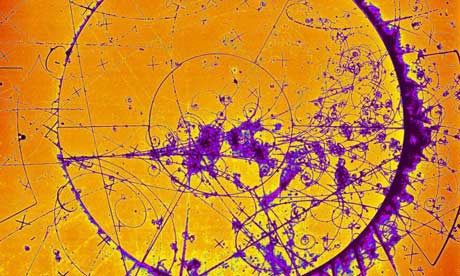Final exams are just around the corner. Students are often unsatisfied with their exam schedules. A team of computer researchers at the University of British Columbia is motivated to accommodate the students’ concerns by creating a solver that will make the exam scheduling process more feasible. It all started with a competition…
December 2007:
Chris Fawcett, a graduate student at UBC specializing in timetabling, takes on the challenge of debugging and coding for the Post-Enrollment Course Timetabling Problem (PECTP), which represents a unique problem set by the International Timetabling Competition 2007 (ITC2007). As a latecomer to the project, he has barely a month left to complete the code and design, with the help Dr. Hoos and Dr. Chiarandini.
The ITC2007 is a semi-annual competition that presents a new challenge each time, focusing on producing solutions to timetabling issues. The submission needs to include a concise description of the algorithm, so that others can implement it.
Chris has to adhere to the eighteen guidelines and hopes he is one of the five finalists.
“It’s actually not super exciting. It’s all done online, so there’s no matchups, no one goes into a stadium and sits down and watches their computers fight each other,” he explained, remembering the days of the competition.
January 2008:
Chris runs the program one last time to make sure that it is working, before he hits the ‘submit’ button. Once submitted, the program gets run through a huge cluster of computers, and is evaluated on its performance on hypothetical situations.
Reminiscing on the experience, Chris says, “… I was just sitting at a computer coding like a madman for a month.”
March 2008:
The rankings have just been published online. Chris, whose solver places third in the competition, has mixed feelings about the results.
“It didn’t necessarily matter whether we came in first, but I kind of wanted to, so, yeah it was a little disappointing,” Chris shrugged.
2009:
After the competition, Chris further improves the solver, which is implemented by the Scheduling Services department of UBC. He is very thankful for the opportunity to use the university as a ‘test-bed’ for the solver.
Current:
Chris is working to improve and commercialize his solver, so that other universities can benefit from this design.
Chris explains more about his solver in the following video.
These are further explained in the podcast below.
Audio clip: Adobe Flash Player (version 9 or above) is required to play this audio clip. Download the latest version here. You also need to have JavaScript enabled in your browser.
Both Chris and Brigitte hope that students at UBC are satisfied with their exam schedules, and are continually working to make them better.
Chris looks back on the whole process of creating the solver and reminisces, “At that time it was…it was like magic”
Acknowledgements:
We would like to thank Chris Fawcett from the department of Computer Sciences and Brigitte Priebe at the Scheduling Services for talking to us about the slover and the exam scheduling process. We would also like to thank Eric Janciu and Scie 300 for giving us feedback after every step and providing the opportunity to create this project.
Resources:
Music:
Theme songs from youtube: 80sand70sMemories, 97channel, MRINSTRUCTIONBOOK








